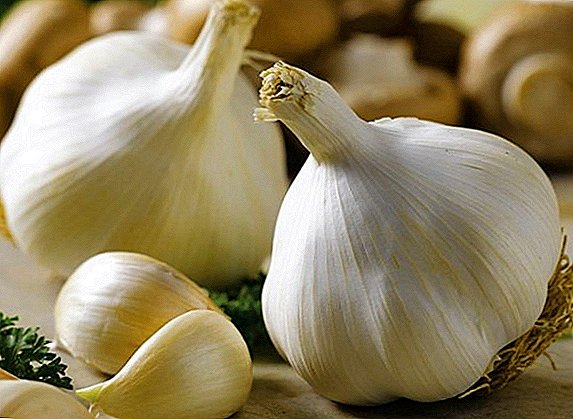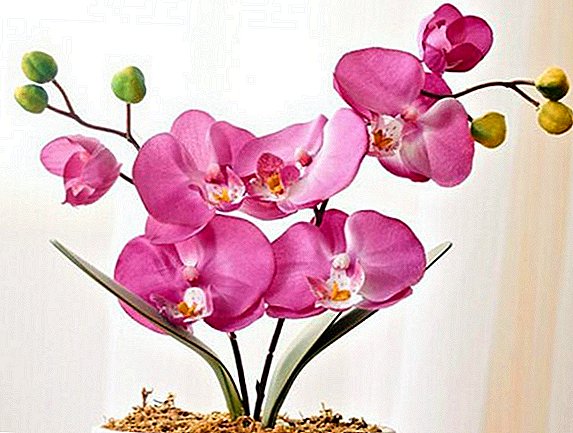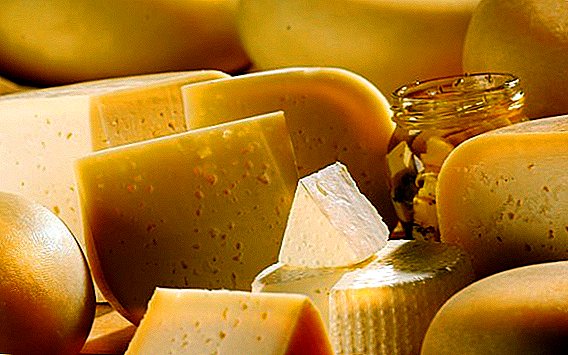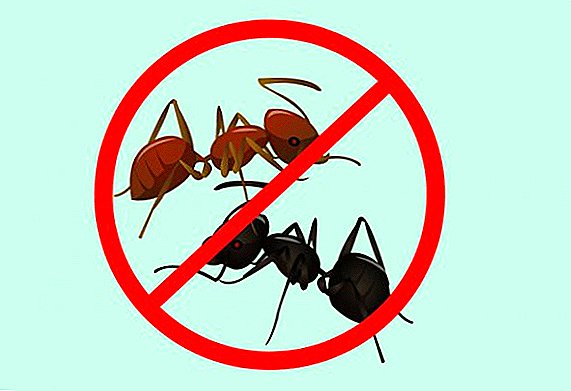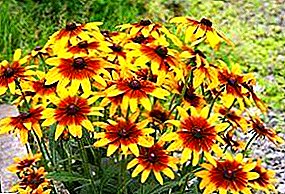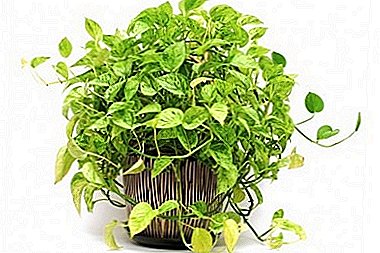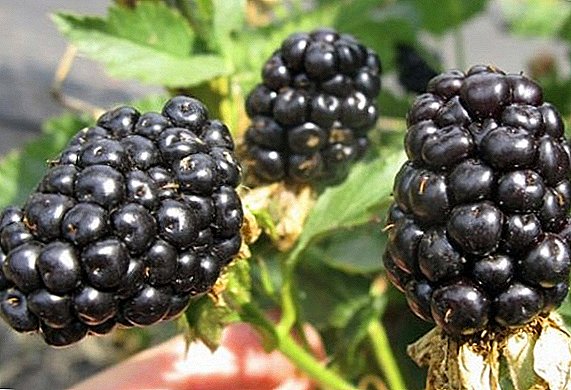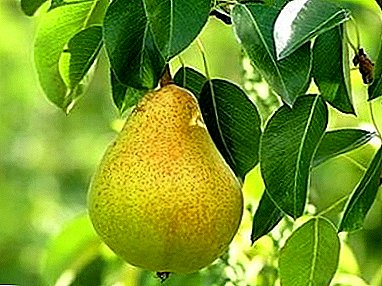
Pear occupies only 2% of all fruit trees in the gardens of central Russia. It is caused by lower winter hardiness and greater need for heat than apple trees.
And many consider the pear as a heavy product for the stomach and refuse to plant on their own plots. However, this fruit possesses useful properties and pay attention to it.
The main thing is to choose the right grade. For example, the variety Vernaya well matures in the climatic conditions of the Moscow region and great for central Russia.
What kind is it?
Refers to autumn varieties pears and it will be great to feel in the suburbs. In terms of consumption - November-December. Claim that remarkably stored in the refrigerator. Suitable for use in raw and good for processing.
By autumn varieties of pears also belong: Bere Bosk, Thumbelina, Forest Beauty, Fairy Tale and Svarog.
Breeding history and breeding region
This is a joint creation of two employees of the All-Russian Breeding-Technological Institute of Horticulture and Nursery Yu.A. Petrov and N.V.Efimov. It happened in 1958, in 1998 the state testing of the variety was started, and the variety was included in the state register in 2001. They used a pear with a beautiful name Josephine Mechelnskaya and an interspecific hybrid No. 3 (it sounds not so romantic!) As the source material.
Description varieties pears True
 The tree belongs to the middle. The crown has an average thickness of irregular flattened shape.
The tree belongs to the middle. The crown has an average thickness of irregular flattened shape.
Branches with curvature grow almost at an angle of 90˚ with a compact arrangement.
Smooth bark on the main branches and trunk brown. During the summer period, the average length of curved reddish-brown shoots is reached.
A rather large number of medium-sized special formations - checheviches are formed on them in the cork part. Medium-sized smooth buds have a rounded conical shape.
Leaves with a dark green color are egg-shaped and smooth to the touch without hairiness, but with a rough venation (nervation). Mounted with a thin cutting of medium size without downiness. White flowers with round petals, though small in size, are very fragrant.
Fruits are formed on kolchatka (type of fruit wood), both simple and complex, on spur (short fruit twigs), on spears (fruit branches up to 15 cm) and on fruit bags (thickened parts of shoots). The shape of the fruit, as it should be, is a pear-shaped with a slight slant. The weight of a pear reaches 150g. The skin of the fruit is dry, smooth and shiny.
On the fetus there are small points of subcutaneous gray color. The color of the fruit is green, and when fully matured a yellow tint is added. The peduncle belongs to the category of thick and oblique. A very small funnel is almost absent, having a dull conical shape. Possessing a small, wide and smooth saucer, this pear has a half open cup.
Chambers for seeds closed medium size. The same size heart of elliptical shape. Indicators of the length and width of the bottom tube also medium-sized cupped shape. The medium sized conical seed has a dark brown color.
The sour-sweet pulp of medium density cream shade belongs to the fruit with a fine-grained texture. Pear juicy and aromatic, although there are opinions about the faint aroma of this variety.
Appearance is estimated at 4.2 points, and taste - 4.5. But some appreciate the taste only 3.
The chemical composition of sugar - 10.1%, acids - 0.15%.
The following pear varieties have a great taste: Kupava, Krasulya, Lada, Dekabrinka and Rossoshanskaya Dessert.
A photo
In the photo below you can get more familiar with the pear variety "Vernaya":


Specifications
Winter hardy (withstands freezing to -2˚), skoroplodny, samoplodny and high-yielding.
There is information that from one tree it is possible to collect up to forty kilograms of pears. Average yields are up to 30 tons per hectare of garden.
In the Moscow region ripen in the second half of September and the first half of October. Enlargement of the fetus takes place most intensively in September.
Saplings after planting begin to bear fruit in the third or fourth year.
And if opinions are divided regarding taste, then, as a skeleton generator, he was highly appreciated unanimously.
Remarkably used for making compotes, jams, jams, marmalades, candied fruit and even wine.
The frost-resistant varieties also include: Bere Russkaya, Lel, Muscovite, Perun and Svarog.
Planting and care
 It does not impose any special requirements on the soil, but it will feel better on drainage and fertile ones. Moisture stagnation this pear tolerates poorly.
It does not impose any special requirements on the soil, but it will feel better on drainage and fertile ones. Moisture stagnation this pear tolerates poorly.
Saplings require a standard attention:
- watering;
- trimming;
- loosening of the ground in a wheel circle;
- pest control;
- rejuvenation of the crown.
The place for landing needs to be chosen not shaded. The root collar is not buried. Although this is a self-fertile variety, it would be good to increase yields, so that there are more pear trees on the site.
In the pit for planting seedlings should be put fertilizer to choose from:
- humus;
- 80 g of ammonium nitrate;
- 1 kg of superphosphate;
- 800 g wood ash;
- 150 g of sulfuric acid potassium.
Watering is recommended 4-5 times a month. One bucket of water is enough for an adult tree in the morning and as much in the evening. However, watering needs to be adjusted, focusing on the weather. At the time of planting flower buds and during the period of fruiting, watering should be given special attention.
The trunks of young trees for the winter can be wrapped with protective material (nylon panty hoses are quite suitable).
They cut the pear more than an apple tree. This event should be held annually in the spring before the buds bud. Planted young seedling pruned to third.
Diseases and pests
Variety is considered scab resistant. The trunks of young trees need to be protected from rodents.
Actions for the protection of pear trees should be carried out from early spring to late autumn:
- biological;
- agrotechnical;
- chemical;
- physicomechanical.
 To the first applies organic fertilizer applicationFor example, manure. Also fighting diseases with the use of herbal tinctures.
To the first applies organic fertilizer applicationFor example, manure. Also fighting diseases with the use of herbal tinctures.
For example, to treat a plant that has a disease. powdery mildewApplied tincture rot hay.
Agronomic measures promote plant growth. This is the right place for planting, the timely and correct cutting of unnecessary and diseased branches, the preparation of planting material at the time.
Pest and disease control is based on spraying trees with appropriate chemicals. These chemical activities can be carried out both for the purpose of prevention and for the improvement of the tree.
Resistance to various kinds of diseases are Hera, Dekabrinka, Carmen, Larinska and Rogneda.
Under the physico-mechanical measures refers to the processing of material for planting and soil by heat treatment. Burning infected branches and mummified fruits.
The ideal varieties of pears, like apples, do not exist. Each has its own advantages.
Autumn grade pear True possesses near advantages: skoroplodnost, winter hardiness and the possibility of eating in December and even later with proper storage.
These are positive factors influencing the choice of this variety for planting on the site, because there are not so many varieties with such qualities.




